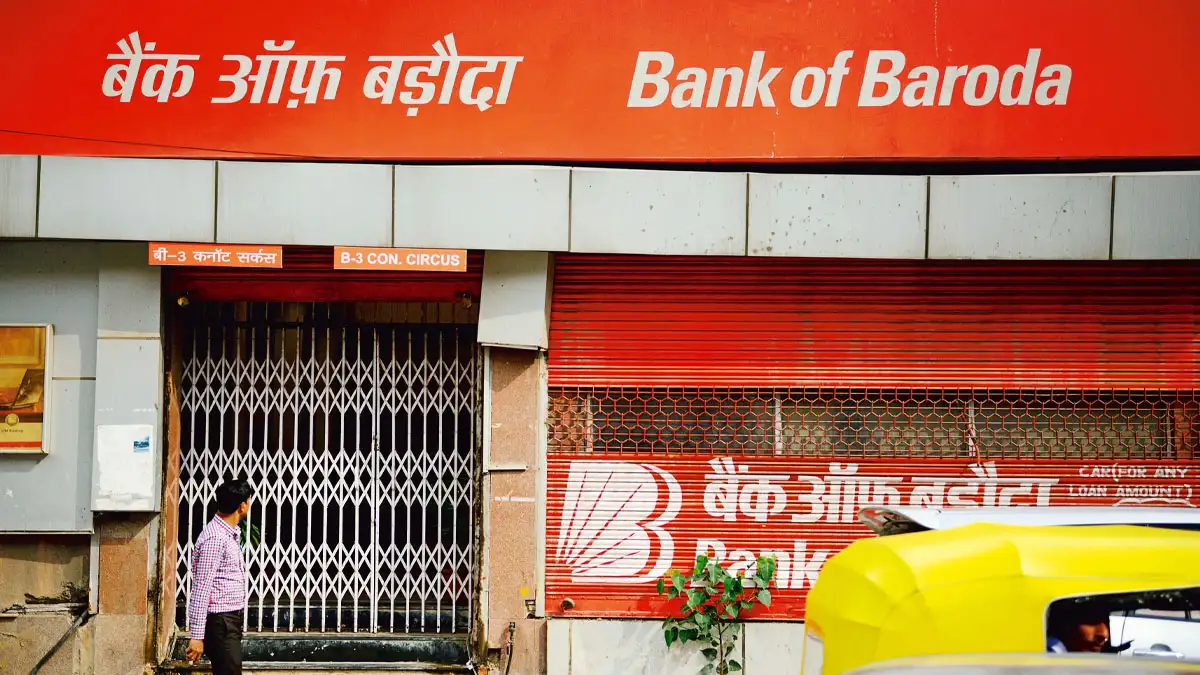By Anuj Suvarna
Copyright yourstory

India’s hospital stocks have surged over the past two years, handing investors returns that far outstripped the broader market. But their unlisted peers are still trading at a steep discount. This widening gap is now shaping how private-equity firms and strategic buyers approach the sector.
According to Indium Capital’s Indium Hospitals Index, valuations of listed hospital chains are roughly 30–31X the EBITDA (earnings before interest, taxes, depreciation, and amortisation), with premium hospitals—charging average revenue per occupied bed (ARPOB) of Rs 60,000 to Rs 80,000 a day—fetching 34–35 times of EBITDA. Mid-tier chains, with an ARPOB of Rs 30,000 to Rs 50,000, command an EBITDA multiple of 27X.
An EBITDA multiple offers a more comprehensive representation of total business performance, and investors use it as a proxy to indicate whether a company is overvalued or undervalued. It is commonly used to assess candidates for mergers and acquisitions.
These multiples have left private hospitals well behind. Indium’s analysis, which adjusts for a typical 20% illiquidity discount and assumes 15% annual EBITDA growth, translates to effective private-market valuations of only 24 times EBITDA for premium hospitals and 19X for mid-tier operators. On a per-bed basis, listed companies are valued at Rs 11–12 crore for high-end chains and Rs 4–5 crore for mid-tier, while private peers fetch about a fifth less.
Recent hospital transactions have cleared at 20% discounts to listed peers, with some smaller or regional deals closing at 40% or more below public market levels, the report showed.
That arbitrage is enticing buyers. For private-equity funds, acquiring a mid-tier hospital chain at 19 times the EBITDA and selling it later to a listed player trading at 27X offers a built-in spread. For established operators such as Apollo Hospitals, Fortis or Max, the calculus is simpler: consolidation at discounted prices immediately boosts enterprise value and earnings per bed.
“The multiple differential is creating an obvious incentive for consolidation,” the report noted, pointing to aggressive expansion by listed players such as Fortis and Max, which added more than 1,200 beds each in the past two years.
Still, the markdown on private assets reflects real risks. Smaller hospitals often lack transparency in governance and accounting, face uneven doctor retention, and depend heavily on local payor mix. Those vulnerabilities explain why investors are reluctant to pay public-market premiums for private targets.
The divergence also underlines the strategic choices facing family-owned hospitals considering a sale. Owners can accept discounts today, or spend years upgrading governance, professionalising management, and demonstrating stronger ARPOB trends to command a higher valuation or pursue an IPO.
For now, the gap between public market premiums and private market caution appears likely to persist. Private hospitals will probably continue to transact at 20–40% discounts to their listed counterparts, even as hospital stocks remain among the strongest performers on Indian exchanges.
(Edited by Kanishk Singh)



